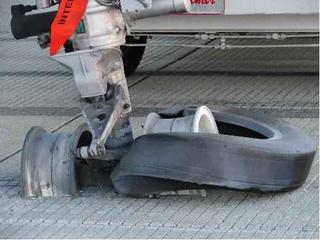Sunset
I flew last Wednesday, logged 1.4hrs and 5 landings. It was extremely smooth air, great visibility, and there was an awesome sunset to boot. Wish I'd had my camera with me, but it probably wouldn't have done it justice, taking a photo through the crazed translucent plexiglass that is the pilots side window on 6-Golf. I practiced some S-turns, changing speeds and maintaining altitude, some point turns, and entering the pattern from different angles. It was very relaxing and helped me to get my mind off work for at least two hours:).
I did get to enjoy chatting over the vacant UNICOM frequency with one of my friends from church who is an aspiring missionary pilot/mechanic. He was practicing short field landings on some of the grass strips in the area, getting ready for that jungle flying. After we landed, I talked at length with him about his upcoming interviews with missions organization and his hopes to be serving in the mission field early next year. Right now, he is with Missionary Maintenance. It's really a great ministry, preparing and maintaining the mechanics and aircraft that missionaries depend upon to spread God's word around the world.
I did get to enjoy chatting over the vacant UNICOM frequency with one of my friends from church who is an aspiring missionary pilot/mechanic. He was practicing short field landings on some of the grass strips in the area, getting ready for that jungle flying. After we landed, I talked at length with him about his upcoming interviews with missions organization and his hopes to be serving in the mission field early next year. Right now, he is with Missionary Maintenance. It's really a great ministry, preparing and maintaining the mechanics and aircraft that missionaries depend upon to spread God's word around the world.


